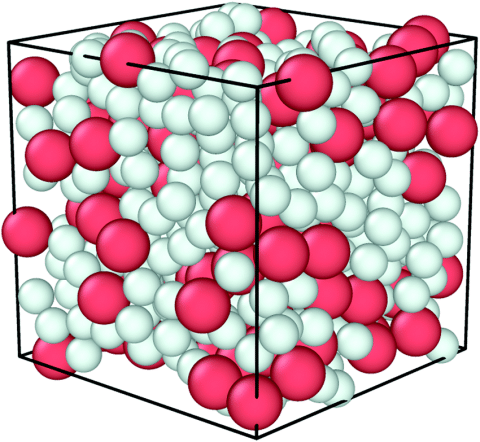The geometric organization and force networks of 3D dense suspensions that exhibit both shear thinning and thickening have been examined as a function of varying strength of interparticle attractive interactions using lubrication flow discrete element simulations. Significant rearrangement of the geometric topology does not occur at either the local or global scale as these systems transition across the shear thinning and shear thickening regimes. In contrast, massive rearrangements in the balance of attractive, lubrication, and contact forces are observed with interesting behavior of network growth and competition. In agreement with prior work, in shear thinning regions the attractive force is dominant, however as the shear thickening region is approached there is growth of lubrication forces. Lubrication forces oppose the attraction forces, but as viscosity continues to increase under increasing shear stress, the lubrication forces are dominated by contact forces that also resist attraction. Contact forces are the dominant interactions during shear thickening and are an order of magnitude higher than their values in the shear-thinning regime. At high attractive interaction strength, contact networks can form even under shear thinning conditions, however high shear stress is still required before contact networks become the driving mechanism of shear thickening. Analysis of the contact force network during shear thickening generally indicates a uniformly spreading network that rapidly forms across empty domains; however the growth patterns exhibit structure that is significantly dependent upon the strength of interparticle interactions, indicating subtle variations in the mechanism of shear thickening.
Publication - Journal Article Shear stress dependence of force networks in 3D dense suspensions
Publication Image

Description
English
